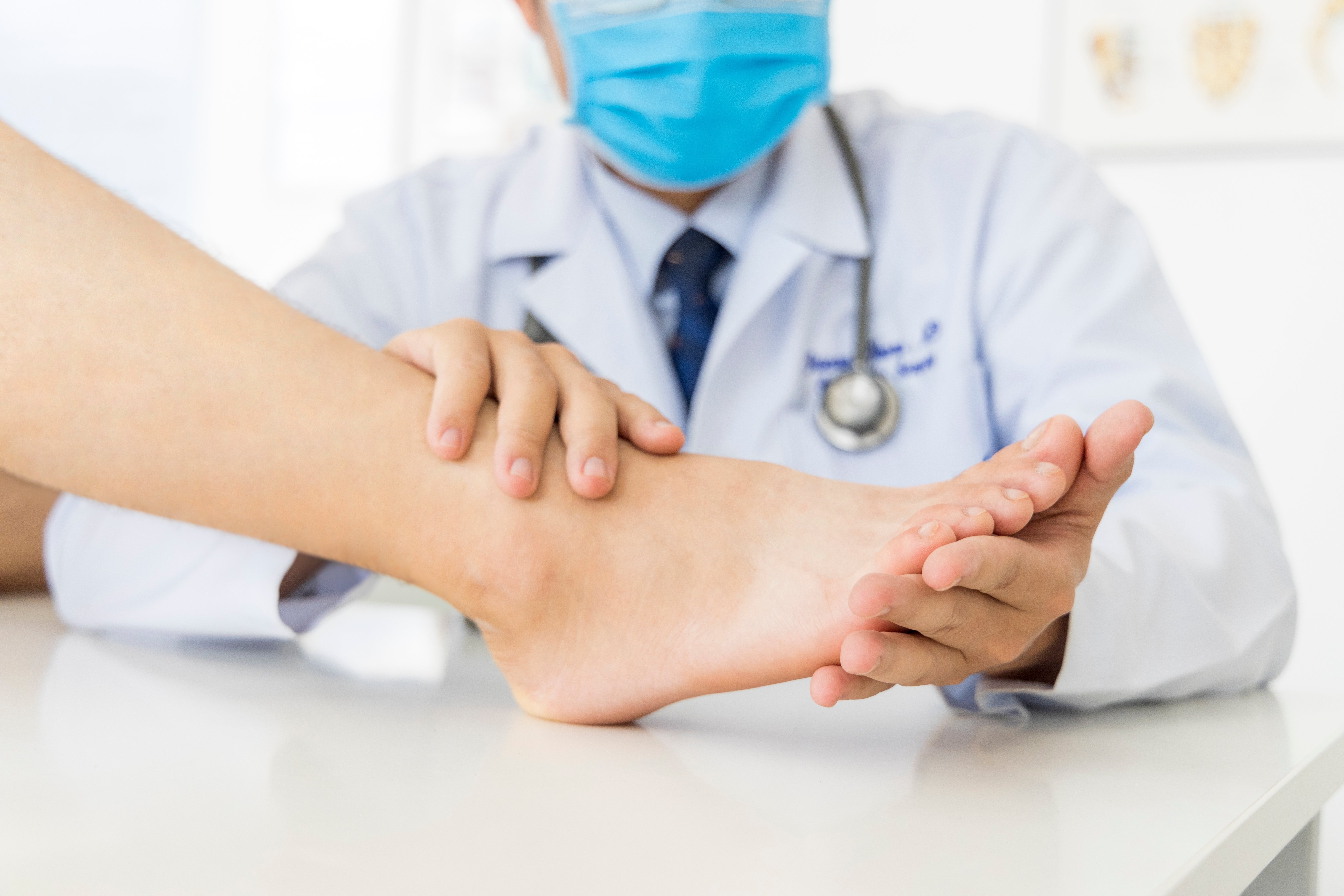
Neuropathy is the result of damage to nerves that connect the brain and spinal cord. This damage causes painful symptoms like; numbness, burning, tingling, sharp pains,...
Schedule your consultation or contact us at (517) 883-2479
Karen May, DC, CCSP, CCIP
How to Perform a Self-Check for Diabetic Neuropathy Foot Care
Burning pain. Numbness. Tingling sensations. Diabetic neuropathy can be a devastating companion for those living with diabetes. Today we are going to look at the importance of regular and thorough foot inspections, that you can perform on yourself.
What is neuropathy?
Let’s start with the basics.
Understanding Diabetic Neuropathy
What causes Type 2 diabetes?
There are 3 main causes of Type 2 diabetes:
When the insulin in your body isn’t regulated as it should be, there is no place for the sugars in your blood to go - this causes a buildup of blood sugar in your body.
How does diabetes cause Neuropathy?
If you have over the normal amount of blood sugar, the excess blood sugar has to go somewhere. So where does this extra blood sugar go?
It attacks your nerves.
Performing a self-check for diabetic neuropathy foot care
One of the most common symptoms of neuropathy is numbness. Having numb feet can make it easy for minor issues to be overlooked - which can escalate into larger health issues over time. If you are having difficulty seeing your feet, grab a mirror or ask a loved one to help you look.
1. Totally examine your feet, dailyExamine the tops, sides, soles, and in between your toes. Look for any abnormalities, like cuts, bruises, blisters, redness, ingrown toenails, or calluses.
2. Feel your feet, dailySometimes injuries can be hard to see, by feeling your feet you may feel new sensations not visible to your eyes. Feel for any sensitivity, lumps, bumps, or pain points.
3. Maintain proper foot hygiene, daily
More tips for maintaining healthy feet
By checking in and checking on your feet daily, you can address any issues sooner. Here are some more tips for maintaining healthy feet.
To learn more about maintaining healthy feet, check out this blog.
Get treatment for diabetic neuropathy
Diabetic neuropathy is a chronic condition that worsens over time. Without treatment, any symptoms you have will progressively get worse.
While there is no cure or quick fix for diabetic neuropathy, our proven Neuropathy Relief Program has seen success time and time again:
To connect with a relief expert today and see what relief options are available to you, give us a call today at 517-883-2291 - or click the button below to learn more about our program.

Neuropathy is the result of damage to nerves that connect the brain and spinal cord. This damage causes painful symptoms like; numbness, burning, tingling, sharp pains,...

If you have suffered from the debilitating effects of neuropathy for a while, then I am sure you have noticed there are certain foods that intensify your symptoms. You...